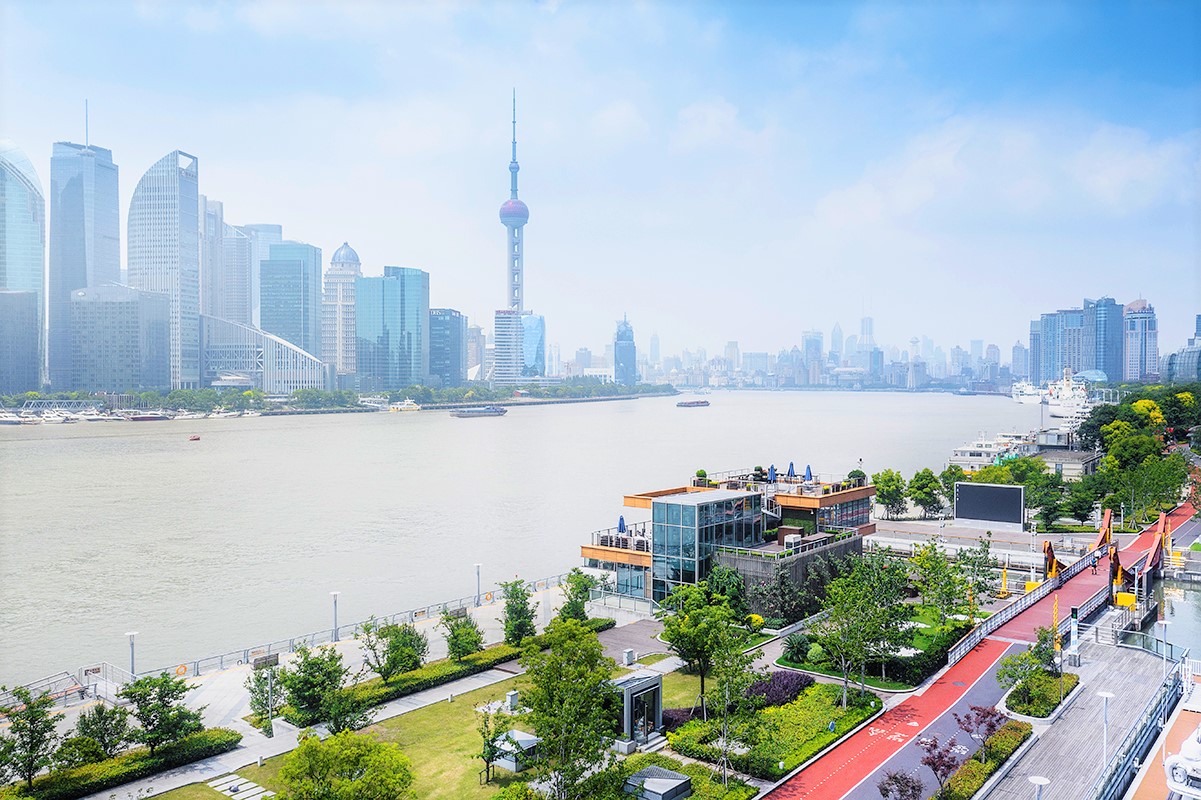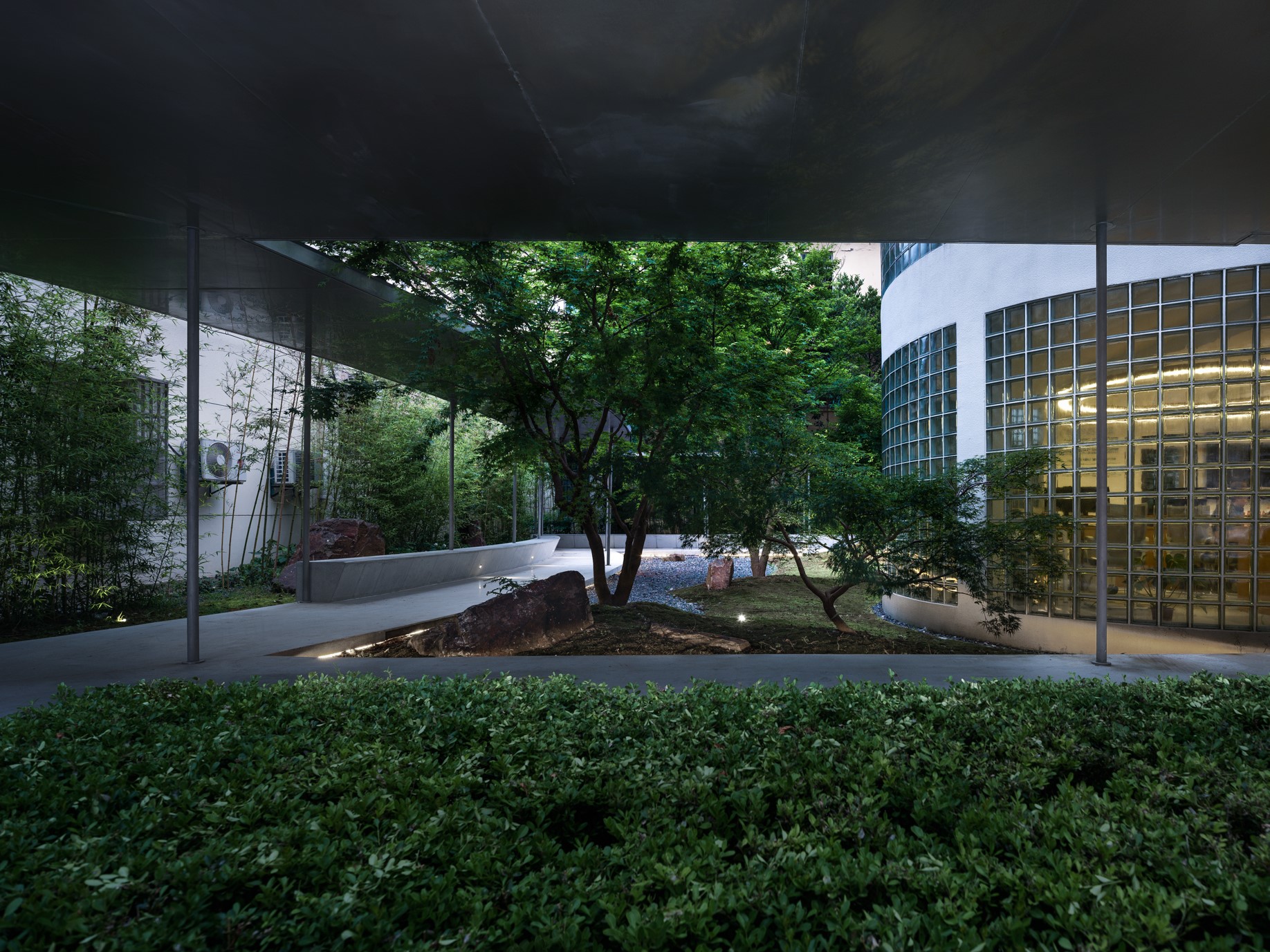非常感谢 Yifang Ecoscape 将以下授权ALA-Designdaily发行。
Appreciation towards Yifang Ecoscape for providing the following description:
As the urbanization of Xi’an and Xianyang City took progress, the once natural riparian areas of Wei River have gradually been replaced by concrete banks and decorative greenery planting. The constant degradation of the wild riverside landscape has also contributed to the loss of the sense of belonging, for the people who have lived in this rural area for generations.
Weiliu Wetland Park was constructed on a section of Wei River’s riparian zone outside of Xianyang City, which was one of the few naturally flooded river sections that remained. It is approximately 3200m long and 470m wide, with a total area of 125ha.
Overall Strategy: Creating integrated Green Infrastructure
n order to restore and reconstruct the local riparian ecosystem, a plan was developed to create a piece of urban Green Infrastructure through strategies including adaptive flood control, stormwater management, water quality improvement, waste water reuse and biodiversity restoration.
In order to restore the resilience of flood retention and utilize riparian spaces, an adaptive landscape was created based on the existing topography: the lowest areas were designed to be floodable natural wetlands, areas of lower flood risk were used for constructed wetlands and the highest areas on site were designated for recreational and leisure spaces. Bioengineering techniques such as willow mattress revetment, riprap, gabions, and grassed slope were used for flood protection, biodiversity restoration and habitat protection.
The main spine of the park was a green corridor that moved through the center of the park, built upon an existing earth dyke flanked by willow trees. The trees were all retained and quickly became a unique scenic feature of the new park.
A buffer belt of constructed wetlands was created between the city and the river. All polluted water from the drainage channels that ran through the site was firstly collected into WWTP and then the outlet water treated by constructed wetlands, producing recycle water that meet Class III-IV standards using for landscape irrigation, the aquatic playground and finally directed to replenish the natural riparian wetlands.
The project set its goal on recreating a diverse local habitat. Using existing trees and wild reed ponds as a foundation, the design applied minor earth shaping and careful replanting of local trees, shrubs and aquatic plants to restore shelters and habitats for aquatic life, amphibians and birds.
Leisure areas such as civil squares, aquatic playgrounds, urban farms and rustic fitness zones were included in the park with a touch of local cultural elements, which gave nearby residents and park visitors plenty of opportunities to return and experience the restored natural riparian area.
One of the artistic elements was expressed through two colorful bridges in the wetland area. The two intertwining structures raised and lowered through the landscape, forming boardwalks, bridges and viewing platforms, which symbolized the integration of water and the local culture.
One year after the its completion, water quality monitoring spots across the park all reported results better than the Class III-IV standards, while the total quantity of water reused after treatment reached 2.4×106m3 per annum. Cost of the park was less than one third of similar local parks in Xianyang. The average scores for different areas of the park on the Shannon-Widener Index (measuring local biodiversity) were improved to 1.57-1.91 for herbaceous plant community and 2.11-2.33 for trees community. The overall satisfaction rate for the new park was 94% and nearby residents reported an increase in real-estate values of the adjacent areas after the park’s completion.
Design Firm: Yifang Ecoscape
Location: Xianyang, China
Budget: RMB 80 million
Image credits: Yifang Ecoscape








评论